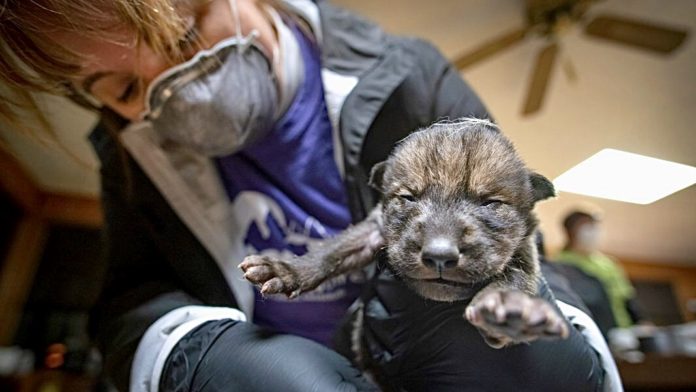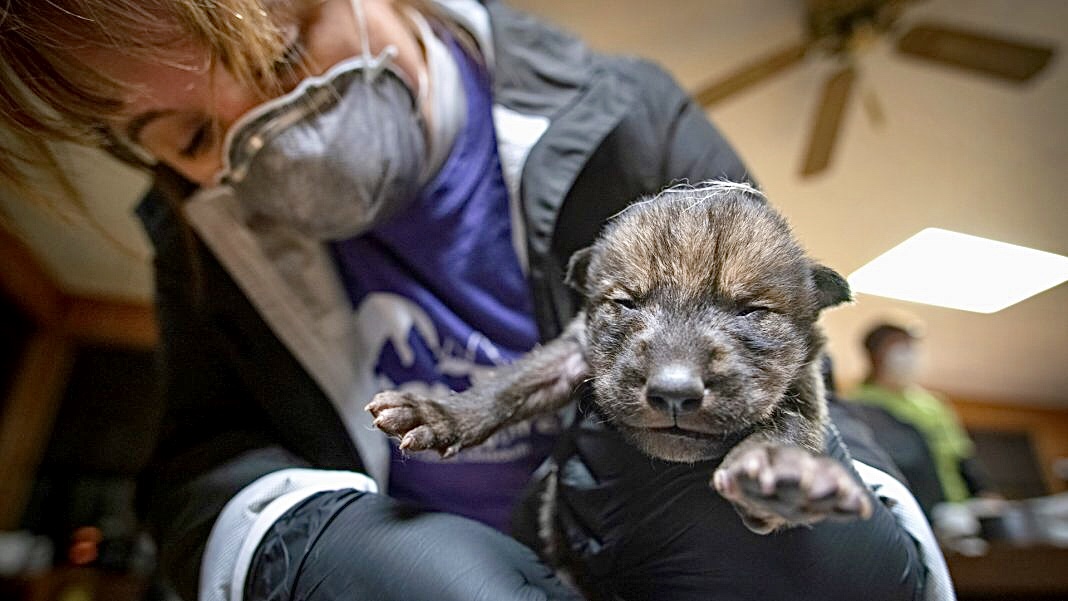You can help all animals and our planet by choosing compassion on your plate and in your glass. #GoVeg
RELATED ARTICLES
Pressure Mounts For Arizona To Ban Dog Pack Hunting Of Mountain Lions, Bears & Other Critical Species
Conservation groups have submitted a petition to the Arizona Game and Fish Commission urging a ban on the use of dog packs for hunting...
Help Save Millions Of Lives This Holiday By Choosing Compassion On Your Plate; Adopt A Turkey Today!
As Thanksgiving approaches, we hope you enjoy a warm and safe holiday. We encourage you to make a compassionate choice by leaving animals off...
Giraffes Are One Step Closer To Receiving Vital Endangered Species Act Protections
In response to a petition and subsequent lawsuit by conservation and animal protection organizations, the U.S. Fish and Wildlife Service (USFWS) has proposed listing...
Popular stories
Breaking News
Outrage As Indiana Plans To Trap 250 Bobcats Despite Public Outcry; Urgent Action Needed!
In a move that has sparked significant public outcry, the Indiana Natural Resources Commission (NRC) has adopted a rule proposal allowing an initial quota...
News
World Animal Protection’s New Report Reveals That Groupon & Trip.com Are Among Travel Companies Continuing To Promote Exploitative Animal “Experiences”
A new report by World Animal Protection U.S. called ‘Tracking the Travel Industry U.S.’ was just released. The report ranks the largest travel companies in the United...
Breaking News
Judge Dismisses Felony Charges Against UC Berkeley Student Who Rescued Four Chickens From A Slaughterhouse
A Sonoma County judge dismissed multiple felony charges against UC Berkeley student Zoe Rosenberg, 21, who is being prosecuted for rescuing four chickens from...






